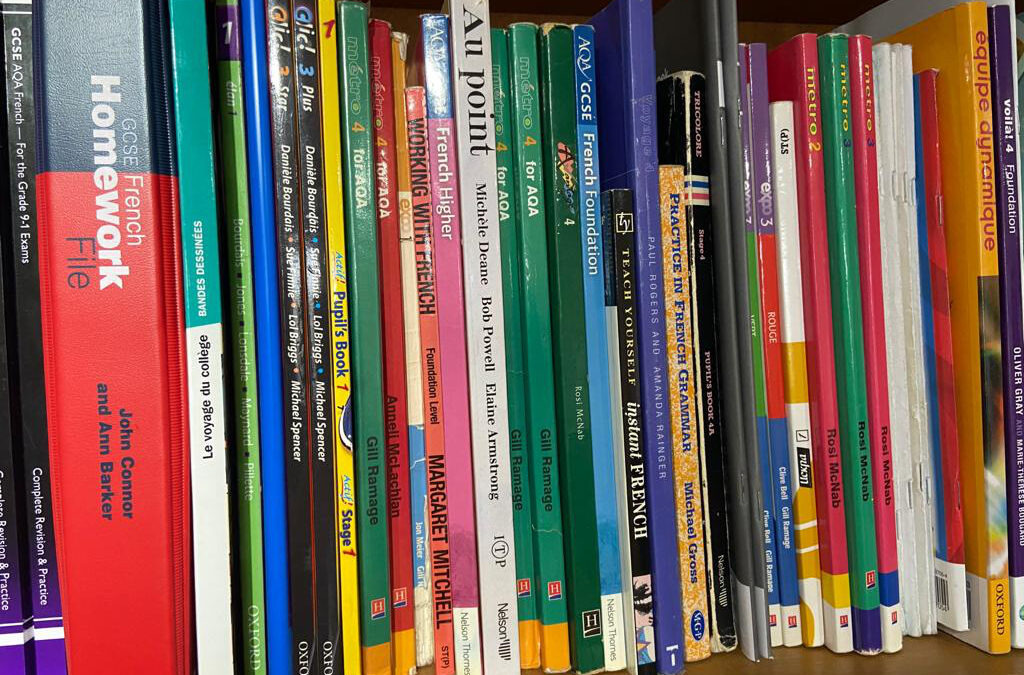Hi folks,
For my ongoing research and as part of Faculty Room’s commitment to promoting equal and excellent opportunity for all, this blog post will also act as a survey on gender and race equality.
My thesis is called ‘Voices from the Periphery: Representations of Marginalised Female Immigrants in Postmillennial Spain,’ but I feel that these issues are universal and that they are such a hot topic in all areas of life at the moment.
This is being done as an absolutely impartial piece of research and I am considering theory, academic thought, artistic representation, public conversations and films to see whether and how females and immigrant populations are presented or imagined or treated at all differently from White/ Western/ European/ male characters.
For both interest and a more complete set of data and opinions, I would love to consider all comments or observations members of the public might have (of course, always respecting each other) about the questions below. Please feel free to leave comments on our Facebook, Instagram or send to niven@facultyroom.co.uk, so long as they are respectful, honest and sincere.
Also, if you would be prepared to have them (anonymously) included in my published thesis documents, that would be most appreciated. If not, please just end your comment with NO.
Thank you and take care.
Niven Whatley, Faculty Room Limited. / PhD Researcher University of Birmingham.
- Devices
- Humour:- how are: exaggeration; sarcasm; irony; pun; joke used to make points about race, origin or gender in daily life?
- Moralising:- how visible, genuine and effective is this in the things we hear or read?
- Feminism:- what is true feminism and what is its agenda?
- Racism and Orientalism:- has there been a satisfactory change in this over time?
- Contrast and contradiction:- are the differences between male and female or Europeans and others emphasised in films/ books/ art?
- Condescension and pity:- to what extent are female portrayal and treatment genuine and equal and to what extent are they presented as vulnerable or pitiable?
- The cinematic experience:- how are cinematic techniques in films used to present the female condition and the experiences of immigrant peoples?
- Themes
- Religion, fate and destiny:- how are immigrants and women viewed and how do they react?
- Social mores and cultural norms and expectations:- how are these represented and is there any effective resistance to them seen or required?
- Family:- how is female place within the family presented?
- Politics and economics:- how, when and why do immigrants and females feature? What is the impact?
- Female objectification:- what form does it take and how is it received across time?
- Aspiration:- how, when and why is this seem amongst marginalised females and what is the success or otherwise of the end result?
- Culpability, ownership and forgiveness:- how evident are these themes and how do they vary between male and female/ native and immigrant?
- Imagery
- Multisensory description:- is this used more in relation to females than males and for what purpose?
- Graphic carnal and corporal imagery:- are instances of this employed and when?
- Women as objects:- how is this type of imagery created?
- Woman as malicious, calculating, fickle and wanton:- the frequency and recurrence of this image and conclusions thereof.
- Extreme domestic violence:- how is this detailed or shown?
- Religious symbolism:- where is this included in relation to the marginalised female experience and does it invoke a sense of freedom and forgiveness or of conservatism and incarceration?
To see more questions and thoughts on these issues or on educational, academic, cultural and international topics and take part in the blog on our website, please visit www.facultyroom.co.uk and go to the blog area, which we will be updating monthly.

